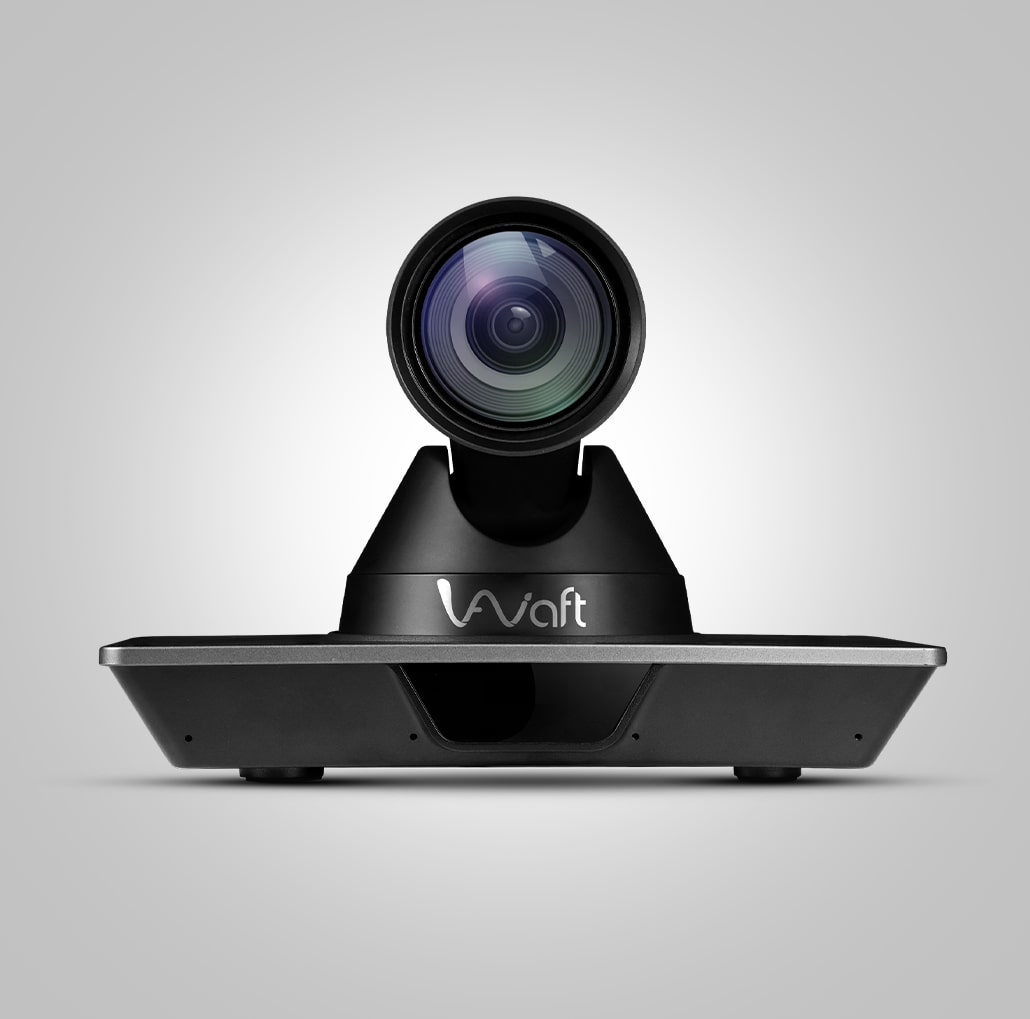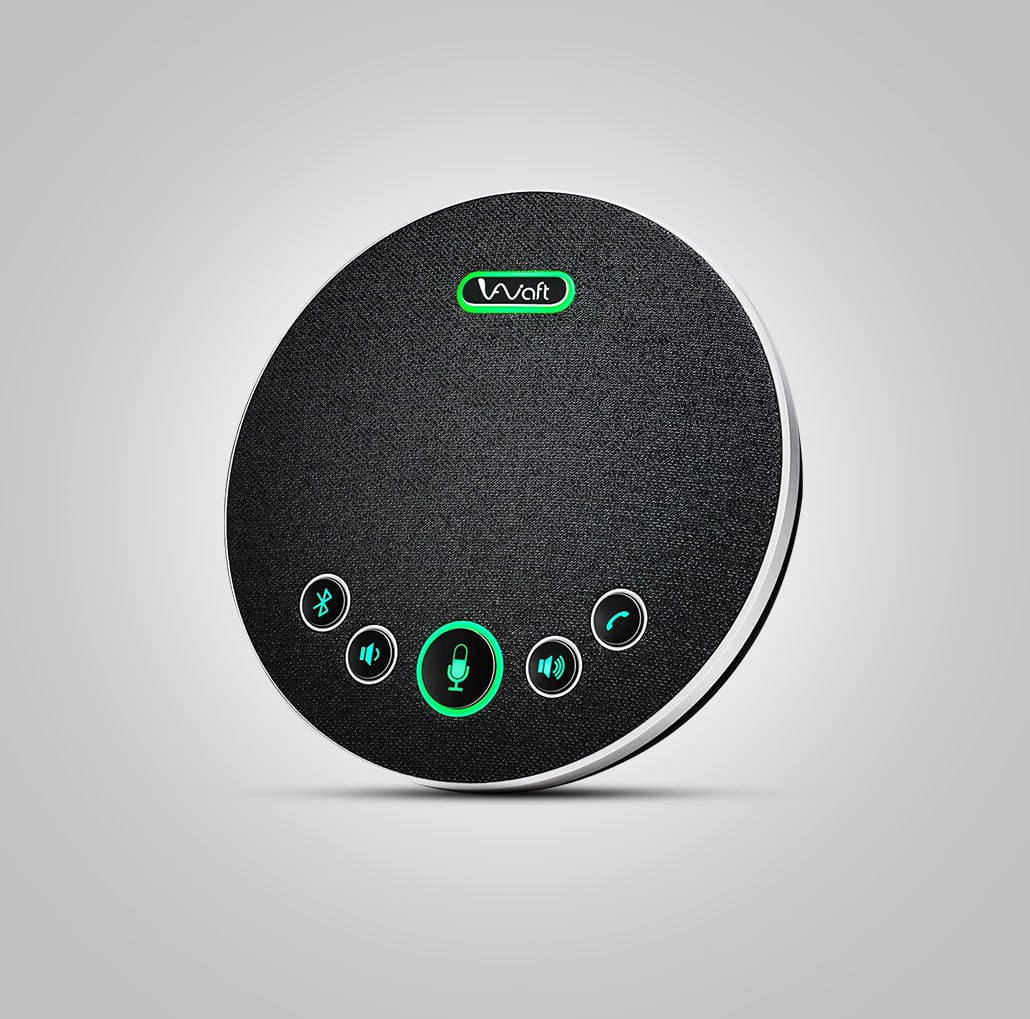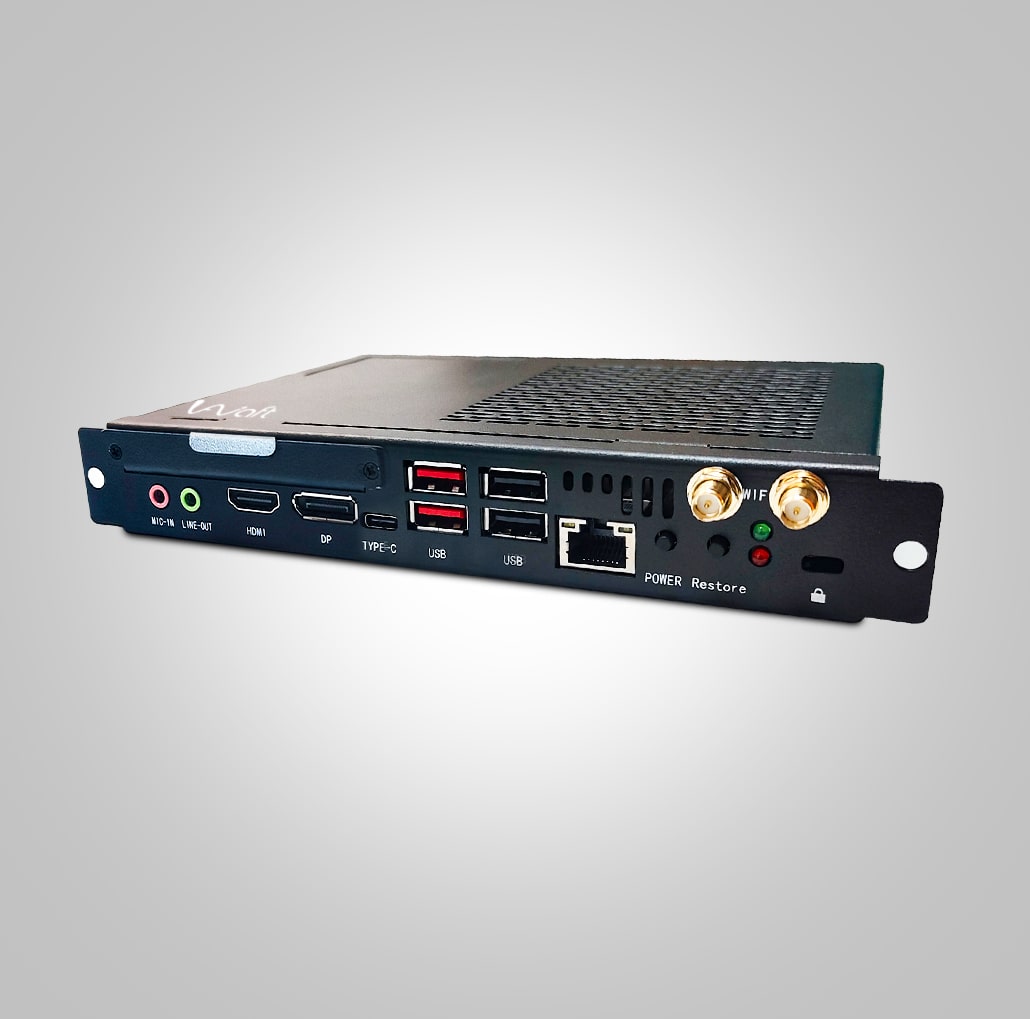Introduction
Tools for Digital Boards are a need in an online learning environment. They make it possible for professors and students to work together remotely in real-time, which helps to overcome some of the main obstacles associated with live online training. Investing in order to improve engagement, social interaction, and learning results makes sense. But which of the many digital board tools out there will provide your students with the finest experience?
Digital Boards have been introduced in response to increased remote and virtual training. Digital Boards are becoming a popular tool for teachers as they struggle with teaching issues in an online setting, such as low engagement, online exhaustion, and a lack of social connection.
The fundamental goal and functionality of a digital board is still to promote cooperation, much like a physical whiteboard. In a virtual version of a physical whiteboard, educators and learners may observe in real-time when someone else writes or draws anything. They may do freehand drawings, add notes, and leave comments.
What is a Digital Board and Why it is Necessary for Remote Teaching?
With the use of an app or browser-based interactive tool, instructors and students may work together virtually and in real time by annotating, sketching, and pinning photos on a digital board. Virtual classrooms and online meetings frequently use digital boards which mimic the appearance and functionality of a traditional whiteboard.
Similar to a blackboard, a digital board is a great way to:- Demonstrate ideas.
- Jot down important details and discussion points regarding the framework.
- Finish any assignments or workouts.
- Make mental maps and work together.
A digital board is easy to use, adaptable, affordable, and participatory. It's a vital tool for online learning and cooperation since it's also very visually appealing and engaging. Thus, the most useful tools for digital boards for those who are serious about teaching remotely are included below.
What distinguishes the Digital Boards from the conventional black Boards?
Teachers have always felt the need to employ Digital Boards, which are atlas-style informational boards with a variety of instructional resources scattered throughout. The Digital Smart Boards give the instructor a lens through which to modify a lesson to meet the requirements of each student, whereas the whiteboard and chalkboard only provide a side view. The Digital Board's built-in duster and the usage of a pen and finger to write on it have removed the possibility of respiratory tract illnesses and allergies caused by chalk dust.
5 Most Wanted Digital Board Tools for Teachers
Shape Tool
The Shape tool is one of the most incredible tools on the Digital Board. I find this tool's abundance of possibilities incredibly impressive. A tentative form that you design will instantly become a flawless shape. With the help of this technology, students may enter a world where forms come to life. Children no longer find it acceptable to just recognize shapes. They are curious about the fascinating story of "why and how" 2D and 3D forms develop. The first time I utilized this tool to explain figures, the kids were shocked to discover that prisms and pyramids were not the same thing. With the use of these resources, teaching angles is also rather simple.
Insert Tool
The Insert feature on the Digital Board was one that truly drew my eye. With the greatest convenience and comfort, I utilize this function to add photos to the Digital Board like sections of a leaf and mark them for my pupils.
Pen Tool
In contrast to the conventional chalk and duster, the Pen tool, as its name implies, makes it considerably easier to handwrite text and draw diagrams and figures. The Pen tool on the digital board may be utilized in the same manner as a pen on paper.
Tool for Text Recognition
Among the most innovative features of the digital board is this one. The usage of OCR (Optical Character Recognition) is where the history of text recognition tools begins. The handwritten writing on the board is recognized by the text recognition program, which then turns it into digital text. Any type of handwritten material on the boards may be readily utilized to create documents in a digital format with the aid of this text conversion process.
Splitter Option
The Digital Boards offer a wide range of tools, but my personal favorite is the "splitter option." Using this option, you may divide the board in half. You may show a Word document or PDF on one side while using the board for explanation on the other. When revising a test paper or reteaching a topic, this approach is quite helpful.
Conclusion
It is impressive how teaching has been transformed by the introduction of digital whiteboards into the classroom. It produces a euphoric sensation of release from chalk, duster, and the tiresome chore of repeatedly switching between the projector and the blackboard. While teaching, it has made me feel more liberated and worthy of myself on the inside. Making a difference in students' lives via teaching with the digital board will evolve into an expanded version of an experienced teacher. In order to understand these tools better and get to know about other tools for a better teaching experience, you can contact edusquadz.












